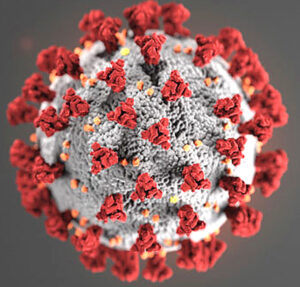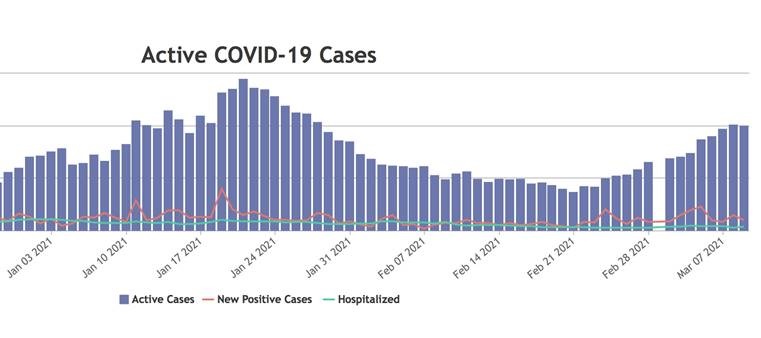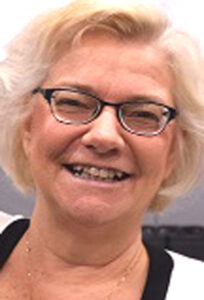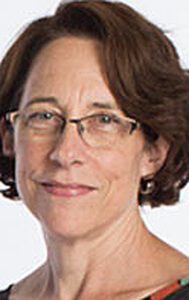Campus Cases Up
C-19 Rates Still Outstrip Rest Of County
By MICHAEL FORSTER ROTHBART • Special to www.AllOTSEGO.com
 COVID-19 cases have continued to rise among students at Hartwick and SUNY Oneonta, despite best efforts by both colleges, even while the rate of infection has declined elsewhere in Otsego County.
COVID-19 cases have continued to rise among students at Hartwick and SUNY Oneonta, despite best efforts by both colleges, even while the rate of infection has declined elsewhere in Otsego County.
The campuses have been the source of one third of all cases in the county in 2021, and rose to 47 percent of cases in one 10-day period, the county Health Department reported last week.
As of Tuesday, March 9, there were 77 active college student cases between the two schools, bringing the county total above 200 for the first time since late January.
Since students returned in January, there have been 262 confirmed COVID cases at the two colleges. This means 10.8 percent of people on campus at Hartwick and 5.5 percent at SUNY Oneonta have been infected with the virus this year. In comparison, 2.2 percent of all Otsego County residents became infected in the same period.
“My concern, as the city health officer, is that the majority of spread is off-campus in the community,” said Dr. Diane Georgeson. “We know the students are out and about. They’re in the bars or in the restaurants.”
She also worries that the rest of the population may have higher rates than are known. “We are not broadly testing the community. You know, the student populations are being tested, even the asymptomatic students,” she said. “…So what concerns me is that there’s probably more positivity – within the city of Oneonta and within Otsego county – than is being reflected in the number of cases that the county Health Department is reporting.”
The outbreak at Hartwick College was first publicly identified Feb. 24, when weekly testing of students found 26 cases. The college closed public spaces and moved all classes online for one day. In-person classes resumed after further testing found just an additional 11 cases among remaining students and staff.
In an interview, Karen McGrath, a Hartwick senior vice president, focused on the college’s successes. Of 7,707 COVID tests on campus in January and February, only 95 people tested positive, she said. (Since then, Hartwick has reported another 52 new cases.)

“So that’s a 1.2 percent positivity rate, which is much lower than the county. So I would say this, the more you test, the more you’re going to find. But… we’re able to get that immediate extraction, and put them into isolation,” McGrath said.
Dr. Georgeson had a different perspective. “I think it’s not useful – to continue to tout that their positivity is lower than the county’s because you can’t compare the two…,” she said. “Of course, it’s going to be (lower) because you’re testing everybody. And you’re testing asymptomatic people, which you’re not doing in the general population.”
For making comparisons, she suggested, the infection rate – the percent of people who get COVID – is a more informative statistic than the positivity rate. The latter, which is the number of positive results divided by the number of tests, is skewed by the quantity of tests and by the reasons people get tested. Many people only get tested if they’re sick, or after a possible exposure.


Since August, more than 30 percent of the on-campus population has had COVID, according to data from the colleges and the state Department of Health. Otsego County as a whole has had a cumulative 5.7 percent infection rate nearly one year after the first case was identified in the county, with 3,380 positive cases found and 53 deaths out of 59,493 residents. Statewide, 8.7 percent of the population has been infected by coronavirus, with 1.69 million cases and 39,093 fatalities, the official state COVID-19 tracker reported today.
At Hartwick, McGrath emphasized that the college uses extensive contact tracing to further mitigate risk. Ten of the recent positive cases had already been in asymptomatic quarantine, due to direct exposure to another infected case. This “put them at higher risk to actually get the virus, but we had removed them and put them into quarantine. So they were out of the general population,” she said.
The Hartick administration believes that the benefits of in-person education make the effort worthwhile. “We’ve made a commitment that we believe that our students need and want and deserve an in-person learning environment and we are a primarily residential community. So in order to be able to come together, [we make] the investment in keeping our community healthy and safe.” McGrath said. “Yes, it’s a big investment. What we want is to give our students the best Hartwick that we can.”
Looking ahead, Georgeson said, “the thing that we’re worried about most in the city is what’s going to happen St. Patrick’s Day, sort of traditional partying weekend of the students. I mean, I think administrations at the colleges are getting the message out as strongly as they can,” she said. “The worry is continued gatherings. You know, getting together in the community, whether it’s at bars or in private residences, will increase the spread.”
“I think they’re doing everything they can, I truly do, but it doesn’t seem to be working. And that’s the discouraging thing,” Dr. Georgeson concluded.

